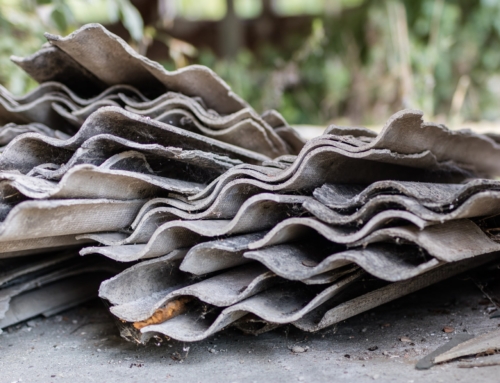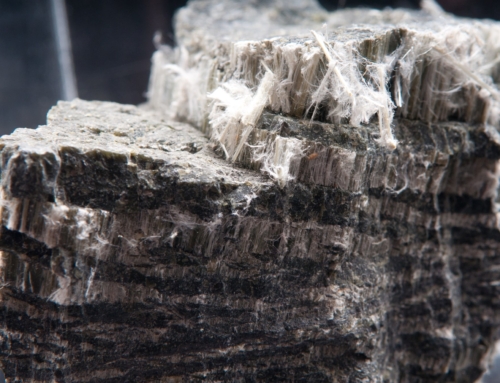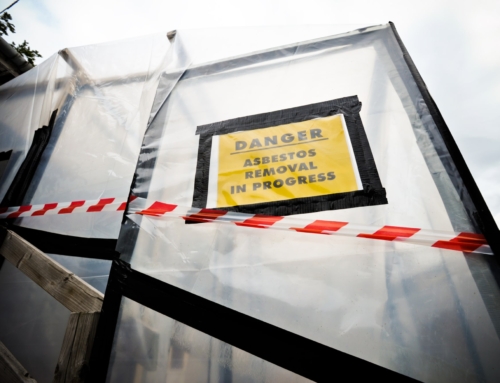In the UK, the issue of crumbling concrete and potential asbestos exposure in buildings such as schools and hospitals has been hitting the headlines, with many saying there is a perfect storm brewing. With ageing infrastructure in many buildings, we must understand the risks associated with deteriorating concrete and asbestos exposure during remediation work to correct structural issues.
Is there asbestos in concrete?
Asbestos was commonly used in various building materials until its health risks were widely known. It was frequently added to cement and concrete to enhance their strength and durability, although not all concrete structures contain asbestos.
In the UK, the use of asbestos in construction materials was fully banned in 1999, so schools and hospitals that house older buildings may have a higher probability of containing asbestos-reinforced concrete.

What is crumbling concrete?
Crumbling concrete is caused by the gradual deterioration of the material due to various factors like weathering, freeze-thaw cycles and ageing buildings. It can manifest as cracks, chipping, spalling or general weakening of the material. Many institutions have even temporarily closed recently due to safety concerns with crumbling concrete.
Crumbling materials pose not only structural risks, but there are also concerns about asbestos exposure. The combination of degrading concrete and the potential release of asbestos fibres during remedial work has serious health concerns, so it’s important to stay up to date with the latest advice on the issue.
Asbestos and RAAC – can crumbling concrete lead to asbestos exposure?
Crumbling reinforced autoclaved aerated concrete (RAAC) is a significant concern in the UK due to its recommended 30-year lifespan.
If asbestos-reinforced concrete is present in an ageing structure that requires extensive work, there could be risks of health issues like asbestosis, lung cancer and mesothelioma for those involved in the remediation process to inspect and replace concrete panels.
Therefore, any attempts to assess and remove degrading concrete should be carefully managed to ensure ACMs (asbestos-containing materials) aren’t disturbed.
How can schools and hospitals manage asbestos risks?
Anyone responsible for the maintenance and management of public buildings must be aware of asbestos risks. This will help you take the necessary steps to identify, manage and mitigate hazards to protect the health and well-being of occupants and visitors.
To manage asbestos risks effectively, strict measures should be taken, including asbestos surveys in schools and hospitals to assess ACMs. Management plans must be updated to aid continual monitoring requirements, including an up-to-date asbestos register.
The HSE (Health and Safety Executive) have said they will be contacting schools to arrange visits to look at how asbestos is being monitored. They may ask to see vital documents like asbestos registers and management plans. This will help organisations to meet their duties to identify ACMs and their ongoing condition.
You can find an asbestos management checklist for schools on the government website here.
Book a new asbestos survey
If you need help and advice managing asbestos risks at your building, contact our team today. Goodbye Asbestos operates across London and the Home Counties, including Epsom and Esher.
To find out more, please get in touch.




